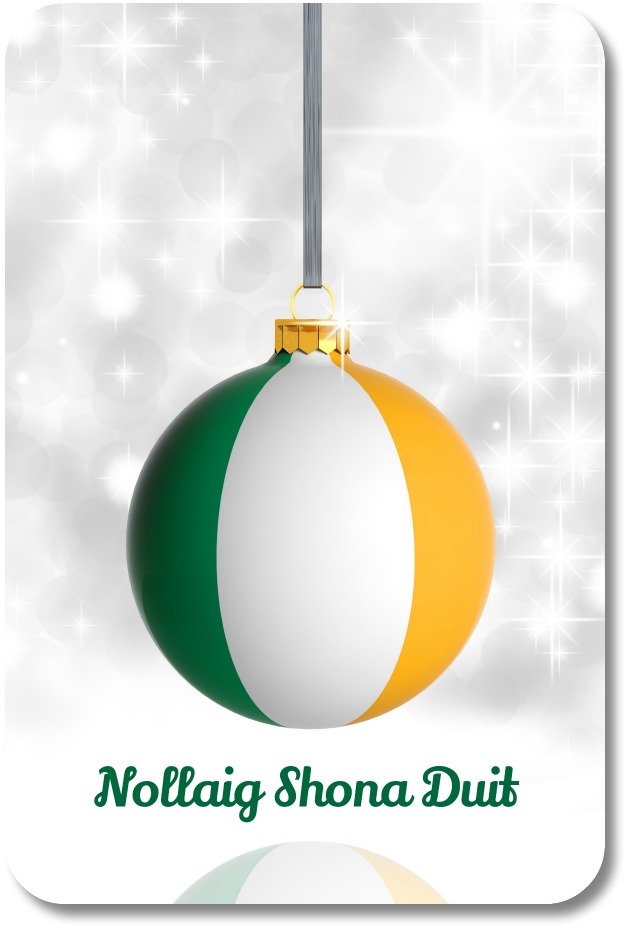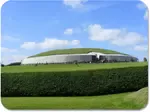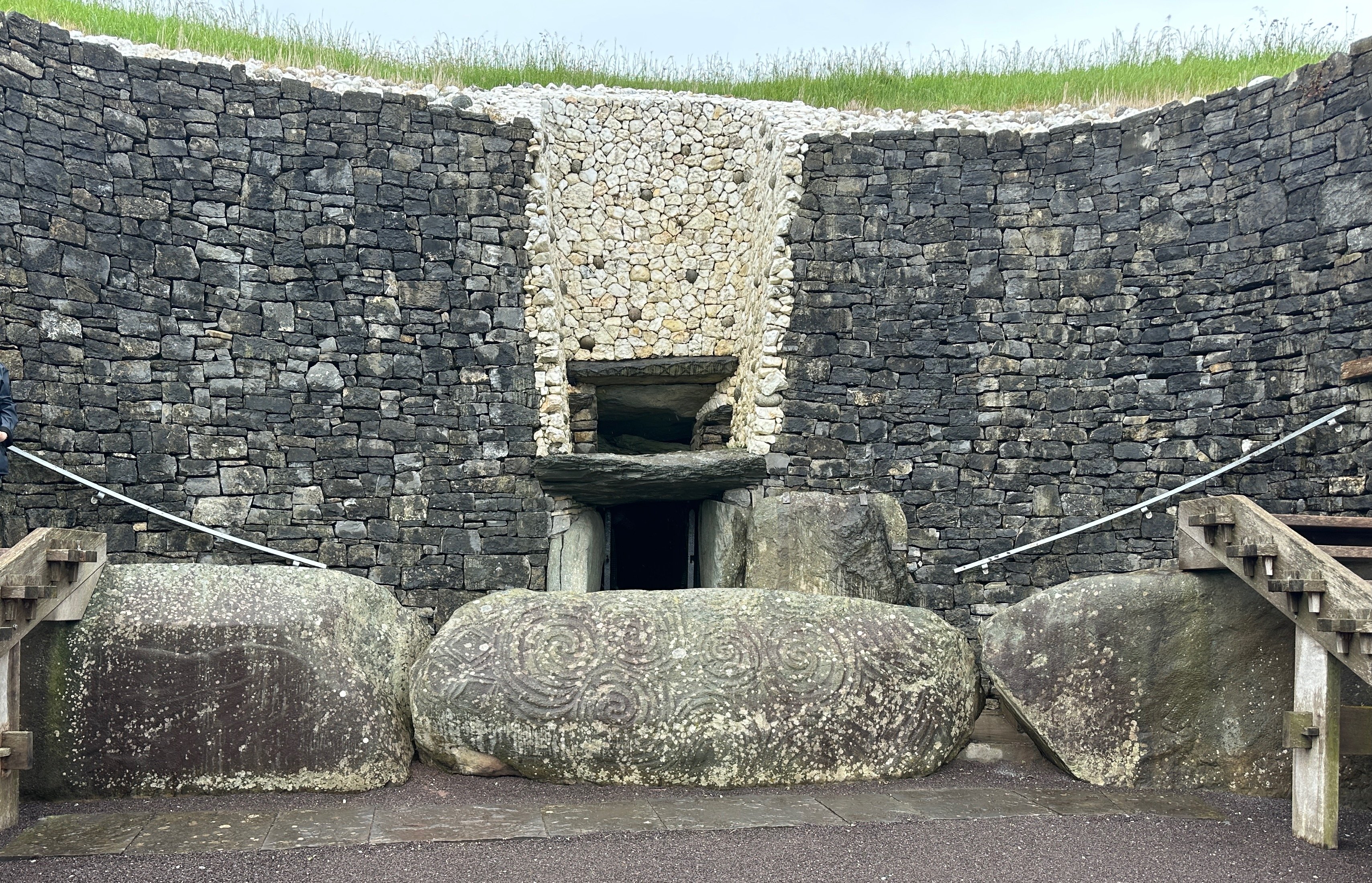- Home
- Irish Culture and Customs
- Irish Dance Types
Types of Irish Dances: Beautiful, Athletic, Captivating, and Unmistakably Irish!
Learning several types of Irish dances is a wonderful (and healthy!) way to express your individual Irish side. This entertaining style, with its captivating beat and social energy, is sure to enchant
you.
We All Have a Unique and Personal "Irish Side."
For a quick example of an Irish dance type, please enjoy The Cunningham Sean Nos Dancers from Connemara demonstrating the traditional Irish brush dance.
Beautiful, right? Want to jump quickly to the type that interests you most? Simply click a link below. Have a bit more time to learn about types of Irish dances? Read on for fascinating history and facts about this energetic dance form.
Fun Facts About Irish Dance
Let's start with a quick list of reasons to love Irish dance. What is it? Where did it come from? How can I enjoy more of it?
- The most widely recognized characteristic of Irish dance forms is quick and intricate footwork, often accompanied by a relatively still upper body.
- Traditional Irish dance costumes feature brilliant and vibrant colors for both male and female dancers.
- Irish dancing is typically group dancing, with synchronized movements and a decidedly 'social' feel.
- The differences between types of Irish dances are sometimes defined by their rhythm and resulting difference in dance steps. For example, a single jig has a synchopated rhythm while the rhythm of a 'light jig' is more regular.
- Sean nos dancing is an older, more traditional form of Irish step dancing, with more individual improvisation and less intense physical exertion
- Ceili dances are a more social form involving people dancing in lines or circles, typically in social settings (vs formal performances).
- Irish dancers might wear hard shows, similar to tap shoes, or or soft shoes similar to ballet slippers, depending on the type of dance being performed. Hard shoe dances include the treble jig or heavy jig, while soft shoe dances included various other types of jigs and reels.
- The music that accompanies the Irish style of dance is traditionally played by instruments such as the fiddle, the bodhram drum and the tin whistle.
- The show Lord of the Dance, created by Irish dance masters Michael Flatley an Jean Butler greatly expanded global awareness and appreciation for Irish dancing.
- The Hornpipe is an individual form of step dance often associated with sailors who would use it as a way to entertain themselves, overcome stress and stay healthy.
- Irish dance schools (referred to as Irish dance 'academies') play a crucial role in preserving and teaching the various types of Irish dances and traditional music.
Four Types of Irish Dances
Dancing in Ireland has a long, rich history, drawing from the styles of many different cultures. Traditionally it was a way in which Irish friends and neighbors would meet at the crossroads of their village to spend a day and evening socializing.
It is a wonder to experience this form of dance in person, either by learning a few steps yourself or by experiencing an Irish show such as the spectacular Riverdance.
Either approach is guaranteed to inspire you to explore your own Irish side!
The Step Dance
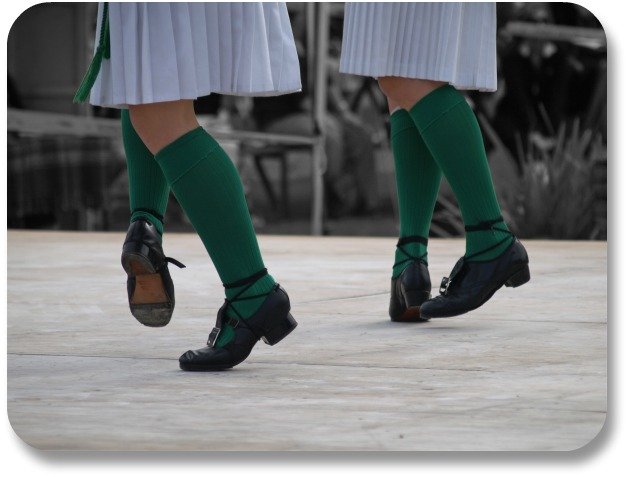
The most recognizable type of Irish traditional dances is called the step dance. It has several variations including the slip jig, the 'ordinary' jig, the reel and the hornpipe.
There are several theories about the iconic posture used during a traditional step dance. One legend holds that young people held their bodies stiff, and danced behind bars or hedges so British soldiers could not tell they were dancing!
The Irish Jig
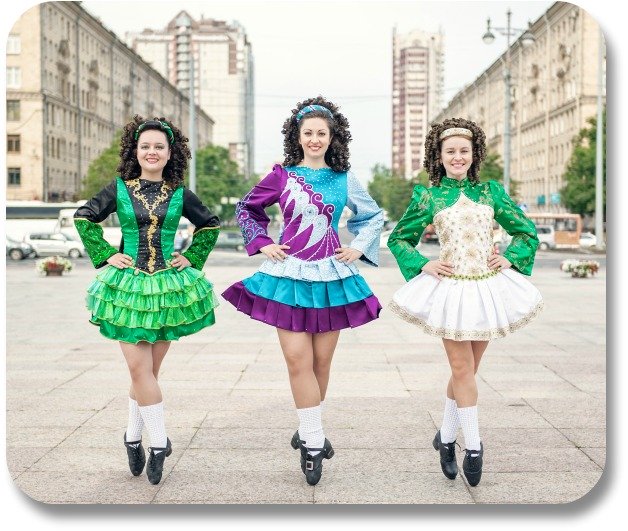
The Irish jig is a form of step dance, typically performed in 6/8 time, characterized by rapid steps and hops. It is truly joyful dance form, often accompanied by Celtic fiddle music, and performed during happy special occasions such as festivals and weddings.
The Riverdance Phenomenon
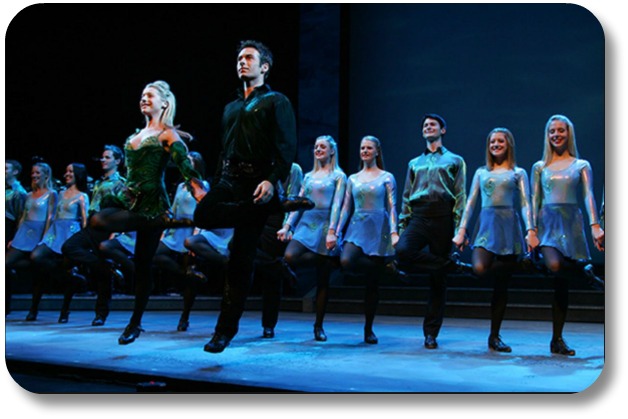
The show Riverdance really brought the international spotlight to the traditional Irish step dance. It originated in 1994 after a performance at the Eurovision Song Contest.
A story told through Irish dance, it teaches us about the Irish people and culture, featuring all types of Irish dances and traditional Irish music.
Irish Social Dancing
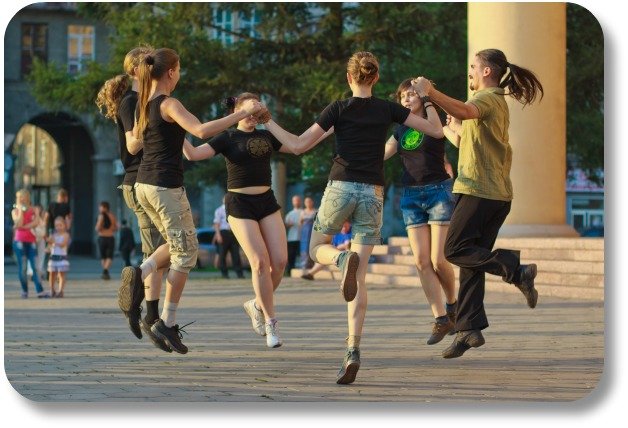
Another popular form is called Social Dancing (or Ceili dancing) and involves multiple couples performing a set of group dances together in lines or circles.
The music sometimes has a singer calling out the next step in order to make it more enjoyable for newcomers. If you have the opportunity to partake in this type of dance we highly recommend it. Jump right in!
Want More Irish Customs?
It is probably obvious - at Irish Expressions, we love Irish culture and customs. Expressing ourselves through these traditions gives us a deeper sense of connection with Ireland, wherever in the world we happen to be!
Over the years, we have created many downloadable, share-able Irish games, puzzles, recipes, songbooks, quizzes, and much, much more.
Want them right now? Keep reading to learn about "Your Irish Expressions Playbook."
More Fun With Irish Expressions:
Your Irish Expressions Playbook
Congratulations on learning more about the Emerald Isle and discovering what we like to call your "Irish Side." You may be thinking "I'd love to actually VISIT Ireland but that's really not in the cards right now. What am I supposed to do with the stuff I just learned?"
Well never fear! Since 2007 we have collected all of the best printable, shareable resources we could find, to help you put your new knowledge of Ireland to good use. We've put them all together in a single download we call "Your Irish Expressions Playbook," which contains over 100 pages of games, puzzles, recipes, songbooks, quizzes, travel guides and much, much more.
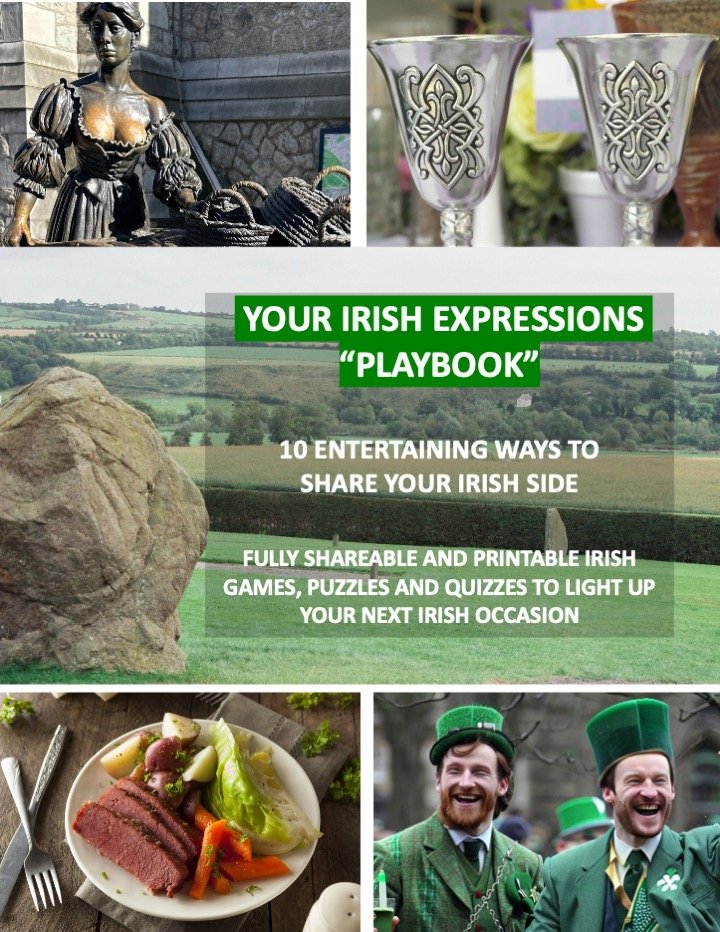
Purchase them ALL for one small price, print as many copies as you like and share them with your friends - with no limitations! But order soon - we are already adding to the Playbook for future editions and this price will not last long.
Oh, want one more reason to order right away? If you buy YOUR copy of the Playbook now, you will be allowed to upgrade to any new future edition for FREE.
PRO TIP: Be sure to click the 'return to merchant' button following checkout, to ensure you are routed to the page where you can download your Playbook. Any issues? Just reach out to us at support@irish-expressions.com and we will make it right.
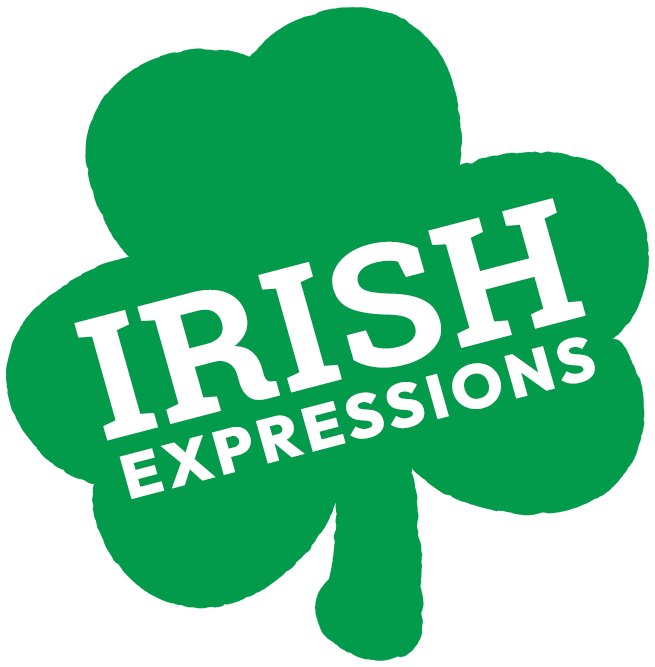
Please Share Your Feedback
Did we miss anything? Is there a topic you would like us to cover in the future? Tap HERE to let us know!
